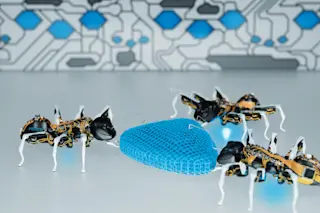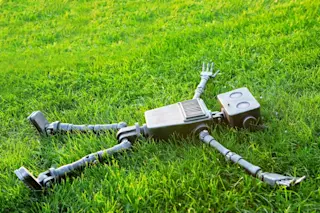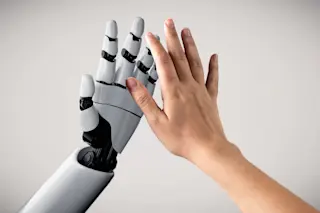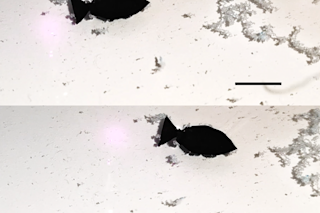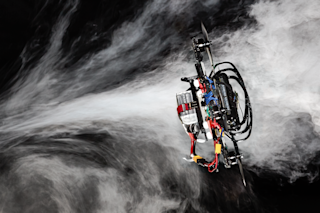BionicANTS work as a team to move an object. (Courtesy: Festo) There may come a day when new worker orientations include not just meeting your human coworkers, but also the bionic robots that will help you on the job. The German robotics company Festo is giving us a glimpse of that future with its networked colony of robotic ants. The bots, about the size of a human hand, are being developed as mini mechanical workers. The company plans to showcase their new creation this month at the world’s largest industrial technology fair, Hanover Messe.
A single ant isn’t really a force to be reckoned with, but when thousands of these creatures work together, they can pick a carcass clean in minutes or construct massive colonies. Festo’s BionicANT not only replicates ants’ anatomy, but also their ability to work as a colony to accomplish a task. The BionicANTS all work together ...


